The front porch in the American South is more than just an architectural feature; it’s a cultural cornerstone, a social hub, and a place steeped in tradition. For those unfamiliar with the nuances of Southern living, the significance and unspoken rules of the porch might seem peculiar or even baffling. These traditions, deeply ingrained in the fabric of Southern society, offer a glimpse into a slower pace of life, a strong sense of community, and a unique way of connecting with neighbors and the world. Understanding these customs requires more than just observation; it necessitates a cultural immersion.
1. The Art of the Porch Sit
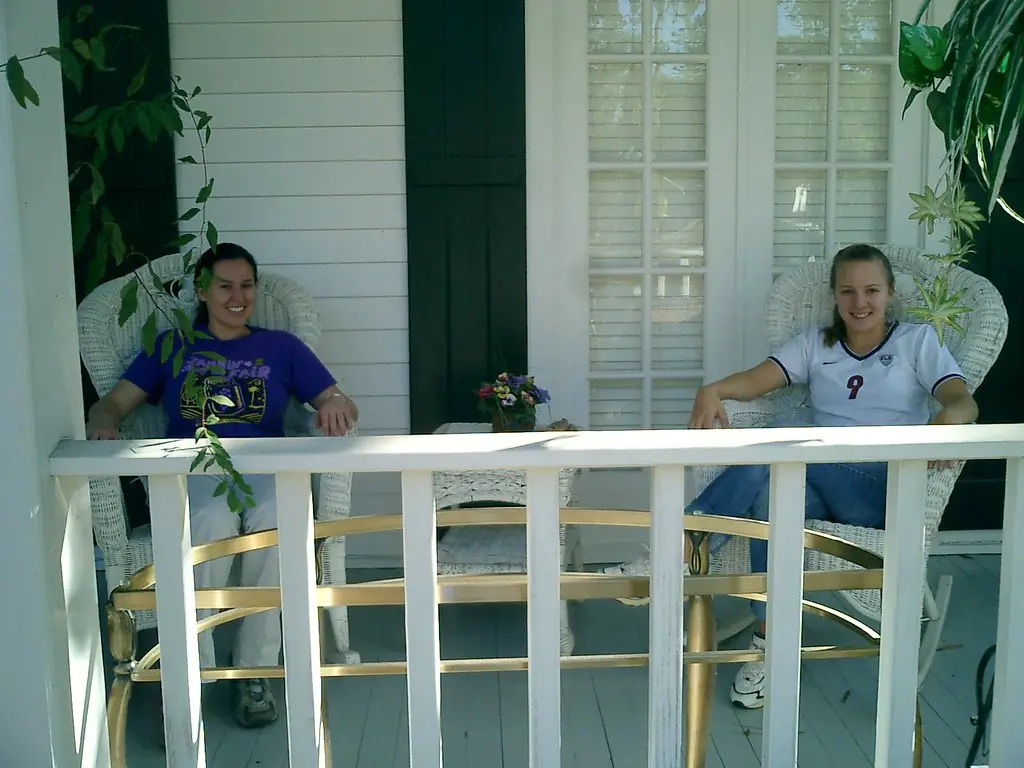
Southerners understand that “sitting on the porch” is not merely a physical act but a cherished ritual. According to Southern Living, it’s an opportunity for quiet contemplation, a chance to observe the rhythm of the neighborhood, and a deliberate slowing down of pace. Outsiders might see someone simply sitting, but Southerners recognize it as an active engagement with their surroundings and a form of peaceful respite. This tradition is about being present and connected to the moment.
This porch sit can last for minutes or hours, often accompanied by a glass of iced tea or lemonade. It’s a time for reflection, for reading, or simply for doing nothing at all. The porch becomes a transitional space between the private world of the home and the public sphere of the street, offering a gentle way to engage with both. This seemingly simple act is a fundamental aspect of Southern porch culture.
2. The Unspoken “Come On Over” Vibe
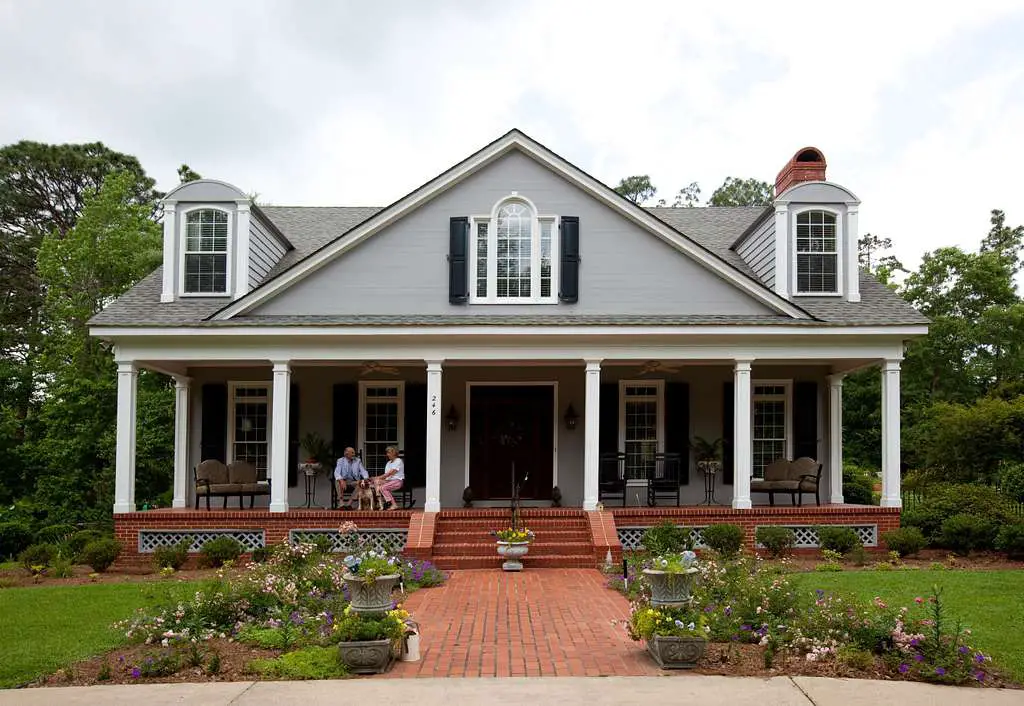
A well-maintained Southern porch often exudes an unspoken invitation to stop by and chat. As noted by Garden & Gun, a porch with comfortable seating, perhaps a swing or rocking chairs, and a welcoming atmosphere signals that visitors are welcome, even unannounced. Outsiders might hesitate to approach, unsure if they are intruding, but Southerners often understand this as an open invitation for casual interaction. The porch serves as a natural extension of Southern hospitality.
This welcoming vibe is often reinforced by the lack of barriers like closed doors or drawn curtains. The porch is a semi-public space where neighbors feel comfortable waving, calling out greetings, or even stopping for a brief conversation. This casual approach to socializing is a key aspect of Southern porch culture, fostering a strong sense of community and connection. The porch acts as a bridge between private and public life.
3. The Strategic Placement of Plants
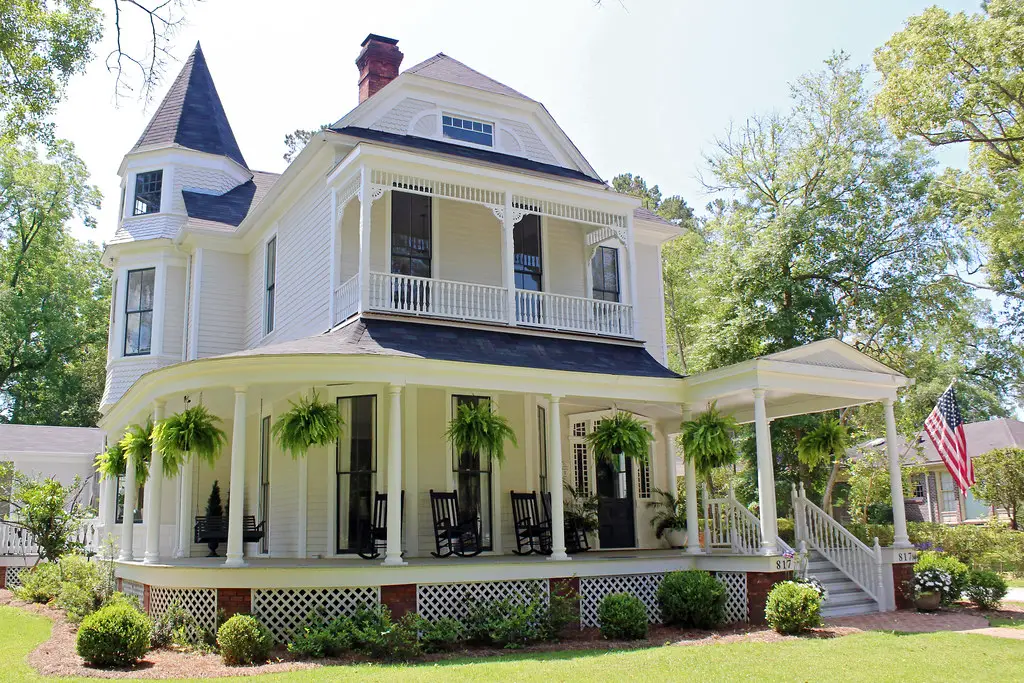
The greenery adorning a Southern porch is rarely accidental; it’s often a carefully curated display with specific purposes. According to the Old Farmer’s Almanac, certain plants, like ferns and hanging baskets, are chosen for their ability to thrive in the Southern climate and to create a cool, inviting atmosphere. Outsiders might simply see pretty foliage, but Southerners often understand the strategic use of plants for shade, beauty, and even to subtly define the porch space. This tradition blends aesthetics with practicality.
Furthermore, certain plants, like citronella or herbs, might be chosen for their ability to deter insects, a practical consideration in the Southern climate. The arrangement of plants can also reflect personal style and the desire to create a welcoming and aesthetically pleasing space for both residents and visitors. The thoughtful selection and placement of plants are integral to the Southern porch tradition.
4. The Gentle Sway of the Swing or Rocking Chairs
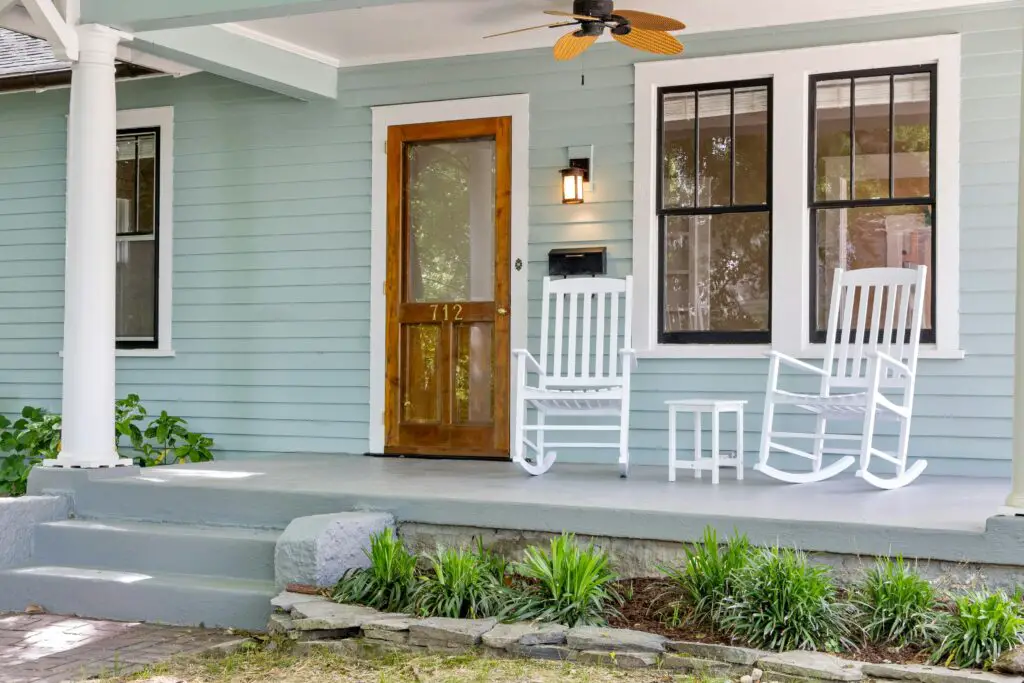
The presence of a porch swing or rocking chairs is almost a quintessential element of a Southern porch. As noted by House Beautiful, the gentle motion of these furnishings encourages relaxation and conversation, embodying the slower pace of Southern life. Outsiders might see them as mere seating options, but Southerners understand their inherent invitation to unwind and engage in unhurried social interaction. The rhythmic movement fosters a sense of calm and connection.
The pace of conversation on a porch with a swing or rocking chairs often matches the gentle sway. It’s a place for leisurely chats, sharing stories, and simply enjoying each other’s company without the pressure of rushing. The rhythmic motion seems to encourage a more relaxed and open form of communication, fostering deeper connections between neighbors and friends. This tradition is deeply intertwined with the social fabric of the South.
5. The Importance of Iced Tea

Iced tea transcends its basic function as a mere beverage on a Southern porch; it has evolved into a veritable social lubricant and a potent symbol of quintessential Southern hospitality and welcoming warmth. The simple and automatic offer of a tall, often generously sweetened, glass of iced tea is a deeply ingrained and almost reflexive gesture of welcome extended to any visitor, regardless of the formality or duration of their stay, and it stands as a non-negotiable staple of any porch gathering, no matter how spontaneous or impromptu the occasion might be. This ubiquitous beverage is an unspoken language of Southern comfort and conviviality.
The preparation and serving of iced tea on a Southern porch are often accompanied by their own subtle rituals, from the preferred level of sweetness to the type of glass used. It’s a small but significant detail that contributes to the overall welcoming atmosphere. The act of accepting a glass of iced tea signifies an entry into the relaxed and hospitable environment of the porch, fostering a sense of connection and shared experience. This tradition underscores the importance of simple gestures in Southern social interactions.
6. The Understanding of “Porch Time”
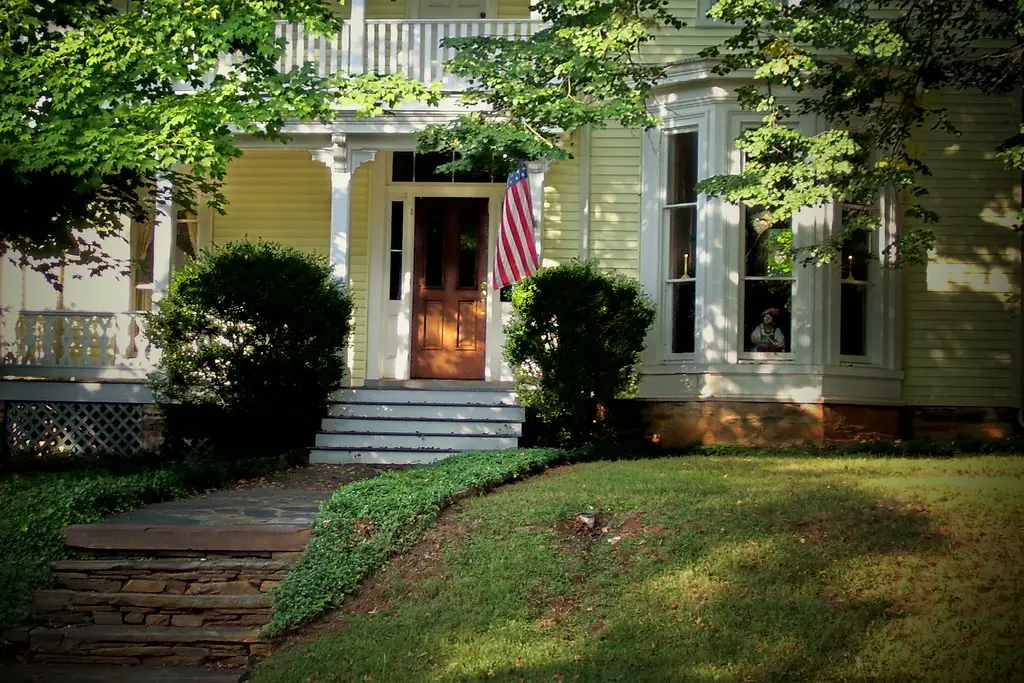
Southerners possess a distinct and deeply ingrained understanding that “porch time” operates on a fundamentally different clock than the often-hurried pace of life beyond the porch steps. Conversations that begin casually can meander and linger organically, and visits might extend far longer than they typically would in other social settings, all without any discernible sense of obligation, impatience, or the pressure of a rigid schedule. This relaxed approach to time fosters deeper connections and allows for more meaningful interactions.
The unhurried nature of “porch time” reflects a broader cultural value placed on savoring moments and prioritizing genuine human connection over strict adherence to agendas. There is an unspoken agreement that the porch is a space for slowing down, for enjoying the present company and the surrounding ambiance without the need to rush. This relaxed perception of time is a key element of the unique charm and social dynamics of the Southern porch.
7. The Significance of Waving
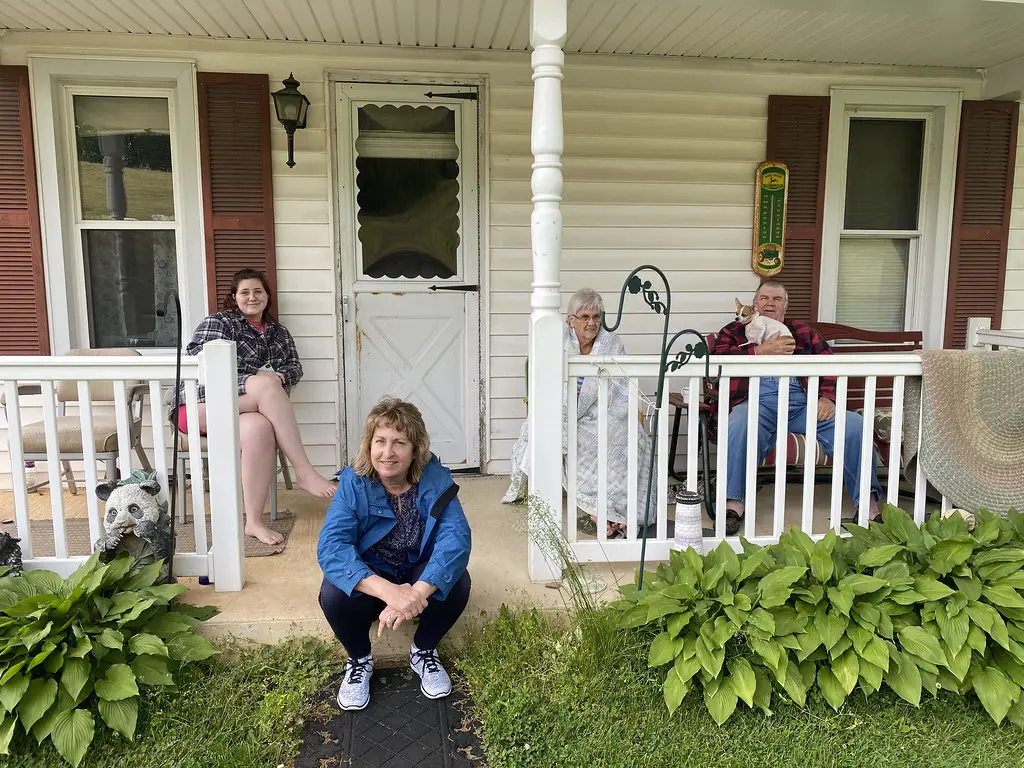
A casual and friendly wave extended from someone leisurely sitting on their porch is not just a random gesture but a common and widely expected form of greeting in the South, a subtle yet significant acknowledgment of presence and neighborly connection. It serves as a simple and polite way of recognizing someone passing by, whether on foot or in a vehicle, and of maintaining a sense of community awareness and goodwill without necessarily requiring a full stop or an extended verbal exchange. This customary wave is a silent language of Southern neighborliness.
This gentle act of acknowledgment reinforces the strong sense of community that is often prevalent in Southern neighborhoods. It’s a way of saying “I see you” and “You are recognized,” fostering a feeling of belonging and connection. The absence of such a wave might even be subtly noted, underscoring its importance in the fabric of Southern social interaction.
8. The Role of the Porch in Observing the Neighborhood
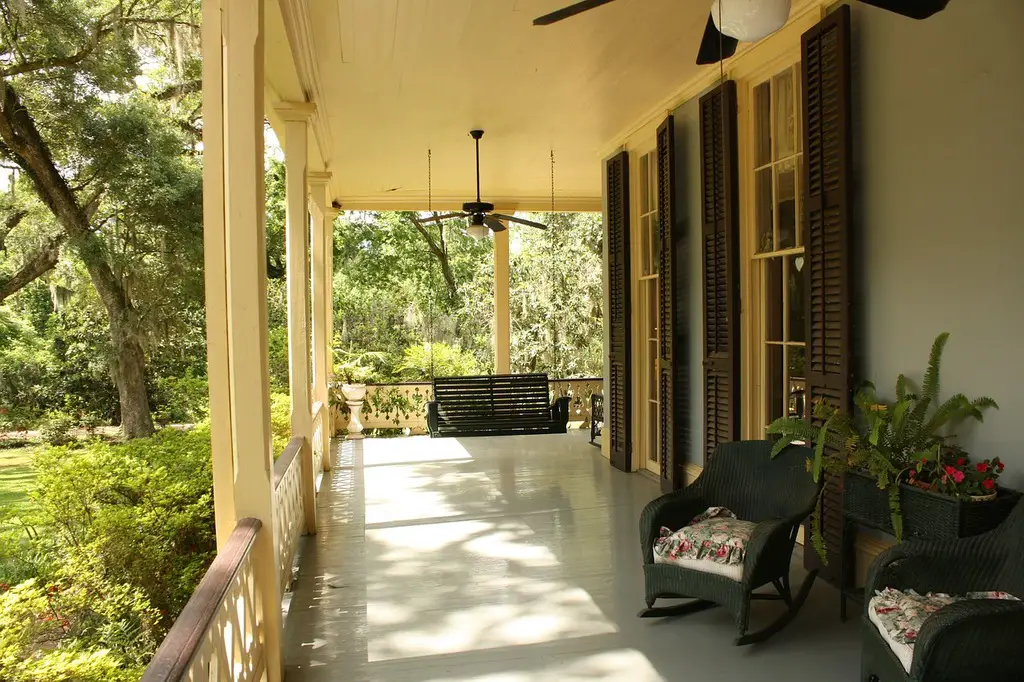
The porch naturally serves as an advantageous vantage point for the residents to observe the subtle rhythms and the everyday comings and goings of their neighborhood, functioning as a form of informal community awareness and even a degree of passive, yet caring, surveillance. From the gentle morning strolls of neighbors to the afternoon arrival of delivery vehicles and the evening gatherings of children playing, the porch offers a comfortable and unobtrusive perspective on the life of the street. This tradition fosters a sense of connection to the local community.
This act of observation is not typically intrusive or gossipy but rather a gentle way of staying connected to the pulse of the neighborhood and ensuring a general sense of well-being and familiarity within the community. Residents often become attuned to the regular patterns and any unusual activity, contributing to an informal network of awareness and care. The porch, in this sense, acts as a quiet sentinel and a subtle connector within the neighborhood.
9. The Transition from Public to Private Space
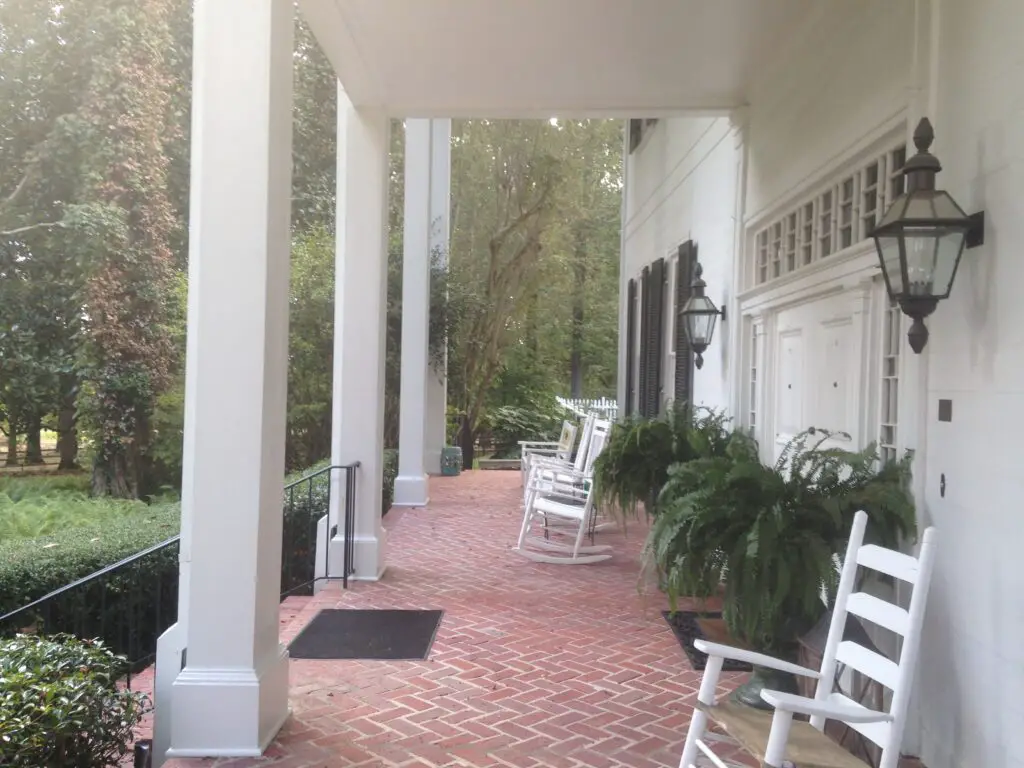
The porch functions as a crucial liminal space, providing a gradual and comfortable transition between the more public realm of the street and the inherently private interior sanctuary of the home. It acts as a physical and psychological buffer zone, allowing residents to engage with the outside world at their own pace and level of comfort. This intermediary space facilitates a smoother interaction between the private and public aspects of daily life.
This transitional nature of the porch allows for varying degrees of engagement with the neighborhood. Residents can choose to be fully present and interactive, waving and chatting with passersby, or they can simply observe quietly, enjoying the fresh air and the activity without feeling entirely exposed or completely isolated. The porch offers a flexible boundary between the individual and the community.
10. The Porch as a Stage for Seasonal Decor
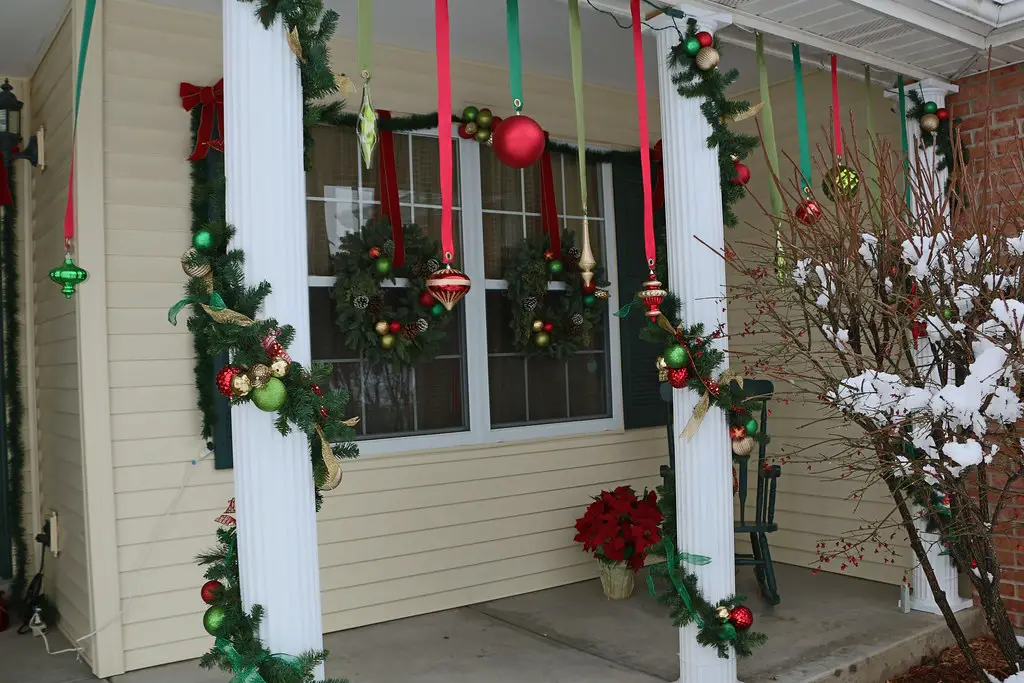
Southern porches often serve as a welcoming stage for the subtle yet expressive display of seasonal decorations, thoughtfully reflecting upcoming holidays, local community events, or simply the changing of the seasons. From festive wreaths and colorful banners celebrating holidays to charming arrangements of pumpkins in the fall or vibrant floral displays in the spring, these decorations offer a gentle form of community participation and a visual expression of the residents’ connection to the local culture and calendar. This tradition adds a touch of warmth and personality to the neighborhood landscape.
These seasonal decorations are often intended not only for the enjoyment of the homeowners but also as a welcoming visual greeting to neighbors and passersby, contributing to the overall festive or seasonal ambiance of the street. They represent a subtle way of participating in the collective spirit of the community and sharing in the local celebrations. The decorated porch becomes a small but significant part of the neighborhood’s visual narrative.
11. The Acceptance of Evening Sounds

The characteristic sounds of the Southern evenings, such as the rhythmic chirping of crickets, the buzzing drone of cicadas, and the distant murmur of conversations carried on the warm night air, are often regarded not as unwelcome intrusions but as a comforting and familiar backdrop to leisurely evening porch sitting in the South. These natural and ambient sounds are often associated with a sense of peace and tranquility, enhancing the relaxed atmosphere of the porch. This acceptance reflects a different relationship with the natural soundscape.
Instead of seeking absolute silence, Southerners often find a certain comfort in these natural evening sounds, viewing them as an integral part of the outdoor experience. They contribute to the overall sensory tapestry of the porch at night, creating a soothing and familiar environment for conversation and relaxation. This acceptance of the evening soundscape is a subtle but distinct aspect of Southern porch culture.
12. The Porch as a Place for Storytelling
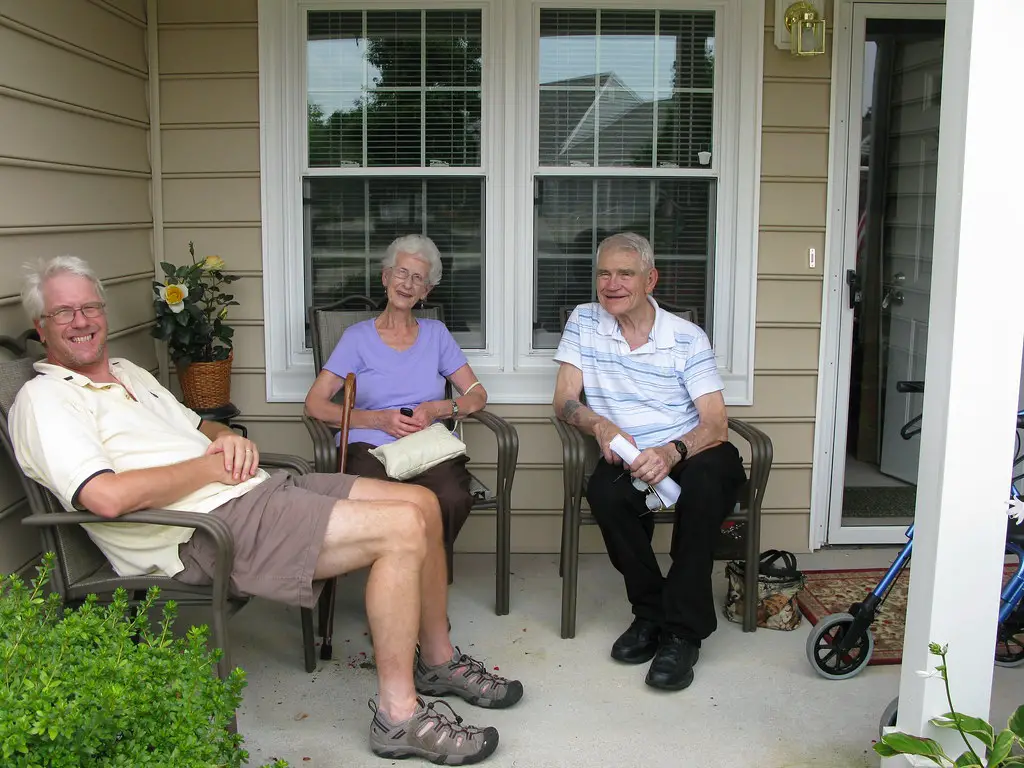
The porch naturally lends itself as an ideal setting for the cherished Southern tradition of storytelling, providing a relaxed and informal space for sharing anecdotes, recounting family histories, and passing down local lore. The unhurried pace of porch time and the comfortable atmosphere encourage the leisurely sharing of narratives, fostering a sense of connection and shared cultural heritage. This tradition plays a vital role in Southern social interaction.
The act of storytelling on the porch often becomes a communal experience, with listeners offering their own insights, memories, and embellishments to the tales being shared. It’s a way of building relationships, preserving cultural history, and simply enjoying the art of a good yarn. The porch serves as a natural stage for these important social and cultural exchanges.
13. The Unspoken Hierarchy of Porch Seating
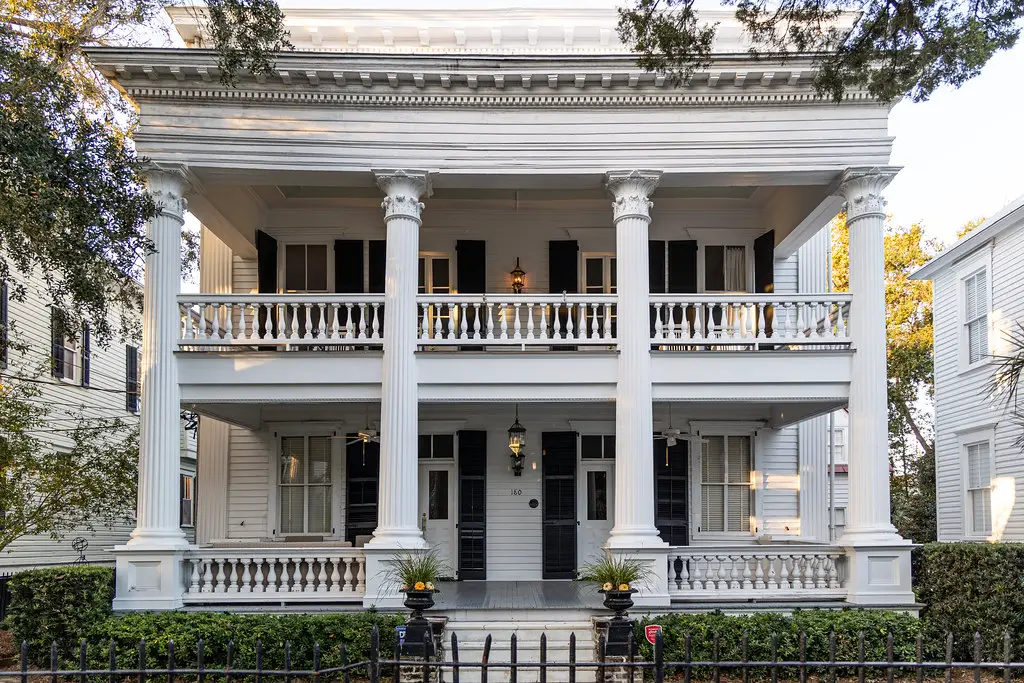
Within established Southern households or among long-time neighbors who frequently gather on a particular porch, there might exist a subtle and often unspoken hierarchy regarding preferred seating arrangements, an implicit acknowledgment of status, seniority, or the depth of an individual’s connection to the community or the household. Long-time residents, elders within the family, or those with a particularly strong connection to the home might have their consistently chosen spot on the porch swing or a specific rocking chair, a gentle and often unconscious recognition of their place within the social dynamic. This subtle tradition reflects the importance of respect and established relationships within Southern communities.
This unspoken seating preference is rarely enforced or explicitly discussed but rather understood through years of shared experience and observation. It’s a quiet way of honoring those with a longer history in the community or a deeper connection to the home. Outsiders might not immediately recognize these subtle cues, but for those within the social circle, it represents a gentle acknowledgment of social bonds and established roles within the community that often unfolds on the welcoming expanse of the Southern porch.
